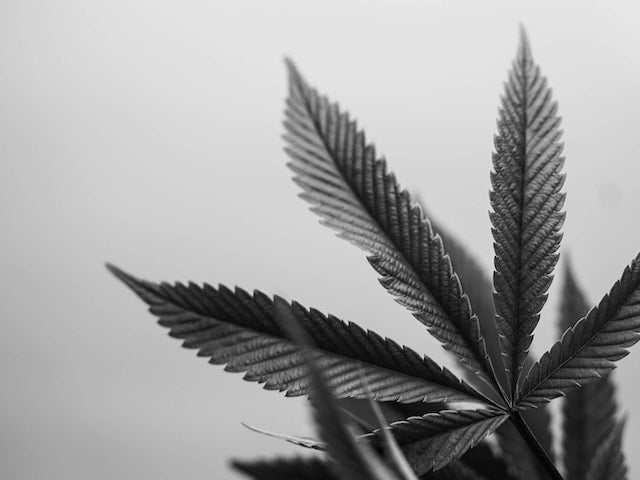Your cart is currently empty.

Most cannabis users classify cannabis into three strains: Indica, Sativa, and hybrid. Common knowledge dictates that Indica helps users relax, Sativa provides a burst of energy, and hybrid strains are self-explanatory.
There's just one problem: industry experts say it's more or less meaningless. Years of testing samples of each strain have found that their chemical composition is barely consistent with each of them. These days, it isn't uncommon to see Indica strains doing the same job as their Sativa cousins and vice-versa. The industry has moved away from this classification since.
As a result, picking a cannabis strain requires a bit more scrutiny now than before. Instead of the three strains, cannabis producers brand them with quirky names like Acapulco Gold or Northern Lights to be more identifiable in the burgeoning market. If you need more information on new strains, you can check out premium cannabis sites like stiizy.com.
Even if the strains are overwhelming, don't be intimidated by the variety; this guide will explain how to choose the right one.
THC, CBD, Or Both?
The most prevalent classification method in the industry entails how much cannabidiol (CBD) and delta-9-tetrahydrocannabinol (THC) a specific strain contains. Experts refer to this as the chemovar method, designed to cater to medicinal and recreational cannabis users. It also helps determine which strains are suitable for recreational use and which are strictly for medical purposes.
It makes sense for cannabis producers to use THC and CBD as bases for measurement, as they're the most prevalent cannabinoids in the market. THC is the cannabinoid responsible for inducing euphoria or 'high,' as it stimulates the part of the brain that releases dopamine. Meanwhile, CBD is a popular alternative to THC because it doesn't get a user as high as the latter.
Like its predecessor, the chemovar method classifies cannabis strains into one of three types.
- Type I strains, which have high concentrations of THC
- Type II strains, which have a balance of THC and CBD
- Type III strains, which have high concentrations of CBD
Comparing chemovars is a more accurate way to classify strains, given that Indica strains contain more CBD than THC but not by a wide margin. Meanwhile, some Sativa strains like Harlequin can have as little as 2.5 percent THC.
(Almost) Everything Is Hybrid
If you aren't convinced that differentiating Indica and Sativa has fallen out of favor, you should know that most stores and others sell hybrid strains these days. Few stores carry either pure Indica or Sativa.
The reason the industry gives for this is consumer fatigue. People will enjoy something for the first several times but eventually grow tired of it and search for something new. It's the bane of any business, and cannabis shops are no exception.
Another factor is cost. An analysis of Leafly's strain database revealed that 11 of the 17 most affordable strains in the market (costing no more than USD$13 per gram) are hybrids. Among the most widely available include Chernobyl, Cherry Pie, Pineapple Express, and White Widow. Pure strains require specific environmental conditions to thrive in, adding to their high cost.
Terpene Profile
While gauging a strain's CBD and THC content is the norm, some experts say it isn't ideal for getting consumers' desired effect. Instead, they advise concentrating on a strain's terpene profile when looking around for cannabis.
Terpenes are natural oils that give cannabis strains their distinct aroma and flavor. They interact with the body similarly to cannabinoids, though they support cannabinoids, particularly in getting through the blood-brain barrier. Experts cite terpenes as the reason two strains with similar THC levels induce different effects.
Studies suggest that at least twice as many terpenes as cannabinoids exist in cannabis. Searching for a strain's terpene profile entails searching for the three dominant terpenes. Below are some of the most prevalent terpenes in the market.
- Caryophyllene: spicy or peppery aroma, increases heart rate
- Limonene: citrus aroma, possesses anti-inflammatory properties
- Linalool: sweet or floral aroma, aids in managing anxiety
- Myrcene: earthy aroma with citrus notes, induces relaxation
- Pinene: forest-like aroma, used in asthma relief
Nevertheless, with so many terpenes in a strain, it's easy to lose track of which does what. As such, it's essential to build a personal preference profile by listing the effects of every terpene you come across in a journal. Most products indicate their terpene profiles and levels, which are frequently around 2 percent.

Choose Your Cannabis
Scientifically, cannabis strains will still be referred to as Indica or Sativa because that's cannabis taxonomy. But with the influx of hybrids, the old way of classifying cannabis strains is more or less infeasible. Today, it's better to focus on their chemical composition, namely their CBD and THC concentrations and terpene profiles.



